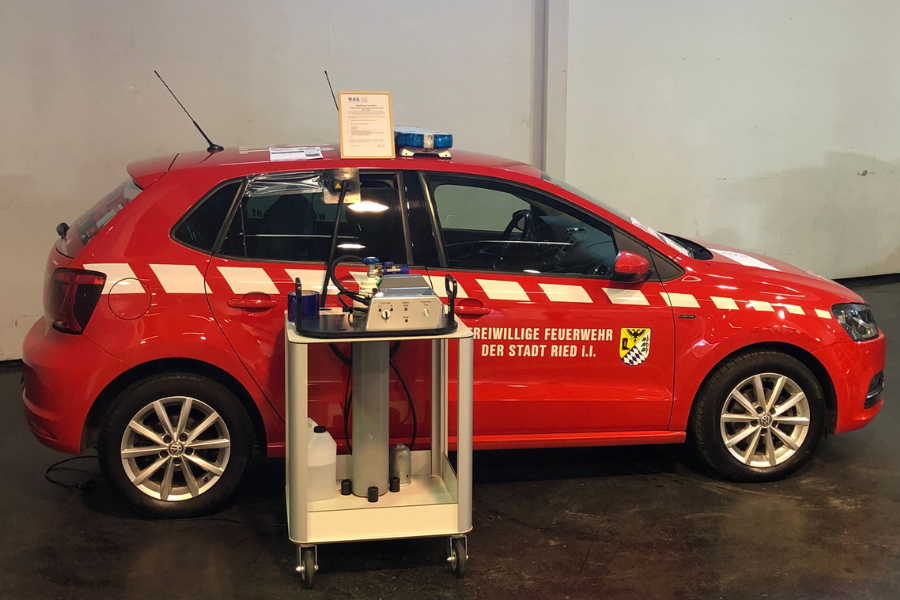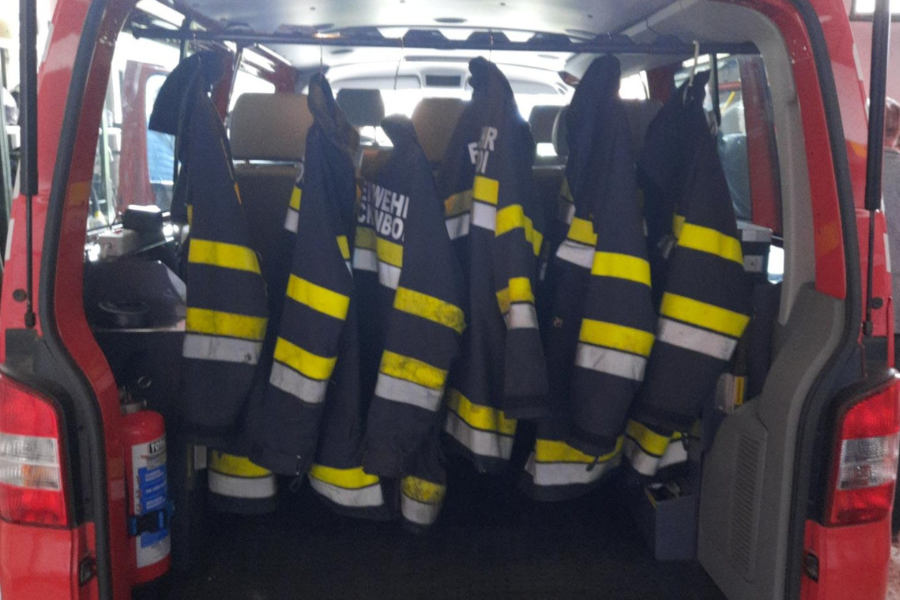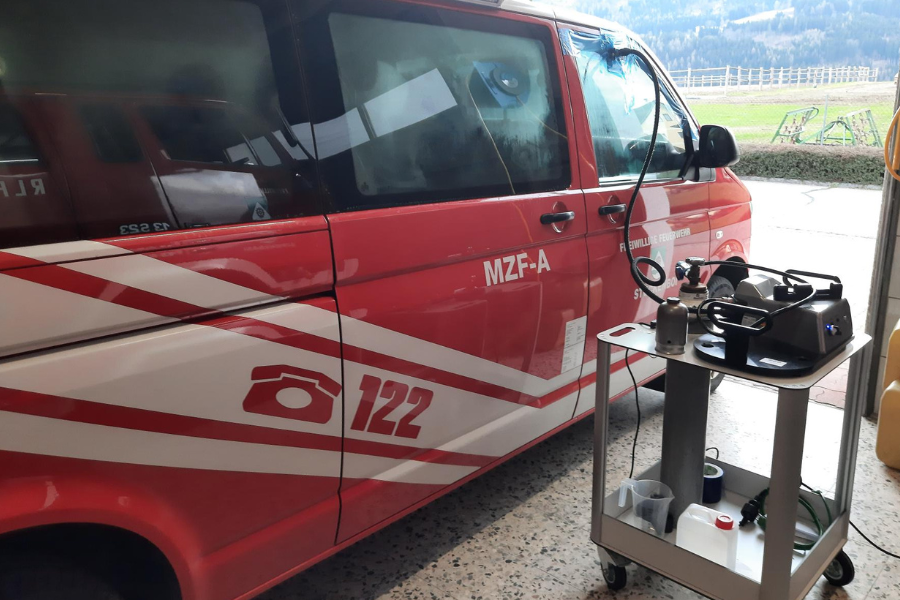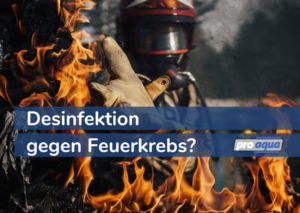As a firefighter, you are confronted with a wide range of dangers during operations. This profession, or calling, requires courage, physical fitness, and mental strength. Firefighters are often first on the scene and must act quickly to save lives and minimize damage. In doing so, they face high risks and often put their own lives on the line.
It is therefore especially important to keep these risks as low as possible for emergency responders. Proper behavior during and after operations, as well as appropriate protective clothing and its care and maintenance, play key roles.
Besides the danger posed by fire and flames themselves, which can lead to life-threatening situations if uncontrolled, smoke inhalation is also a potential hazard. Smoke contains toxic and harmful substances. Therefore, respiratory masks and personal protective equipment (PPE) are essential for protecting rescuers. What is often forgotten or overlooked is that smoke residue can have serious health effects even after an operation.
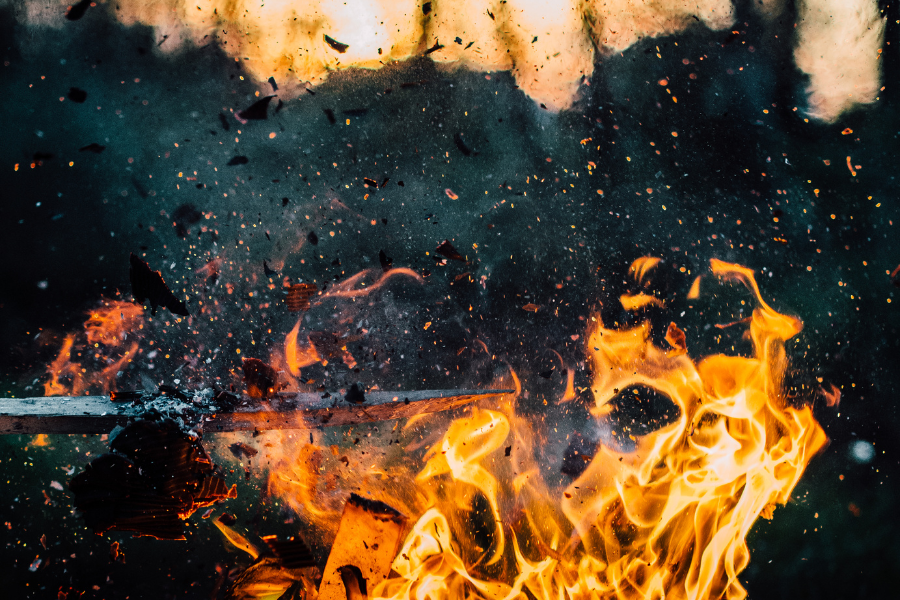
Can firefighters’ personal protective equipment (PPE) be decontaminated?
The Oxy3-Car was designed for odor removal and disinfection of vehicle interiors. However, the applications of this high-tech product are much broader: besides use in police vehicles, the hygiene device is now also used in the firefighting sector.
There is especially strong interest in the decontamination of personal protective equipment, which can be contaminated with hazardous smoke residues after fire operations and can have fatal health effects.
How dangerous is fire cancer?
In addition to cardiovascular diseases and post-traumatic stress disorders that can affect any helper during operations, firefighters also face an increased risk of developing cancer. The International Agency for Research on Cancer (IARC) has classified firefighting work as highly carcinogenic.
Nowadays, furnishings and furniture are not only made of wood but predominantly of construction materials and plastics. These materials not only exhibit different burning behaviors that must be considered but also release more toxic and carcinogenic substances in case of fire.
Studies show that firefighters have a 30% higher likelihood of developing cancer after only a few years on duty (Source: https://feuerkrebs.de/).
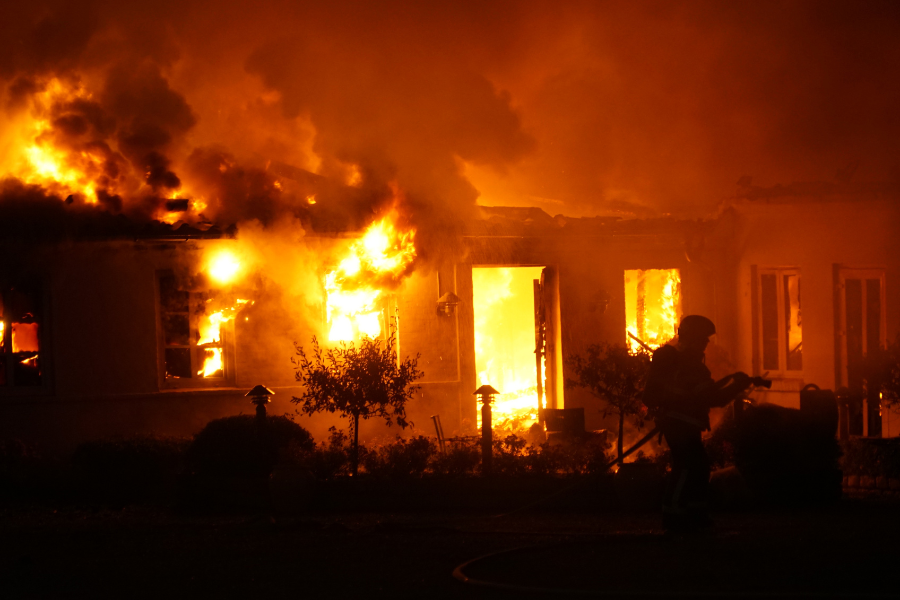
Polycyclic aromatic hydrocarbons (PAHs), released in almost every fire, are responsible for this. PAHs can enter the body through the respiratory tract as well as through the skin. Besides the direct danger at the fire scene, there is also a significant later risk from contaminated firefighting clothing, surfaces (e.g., car seats), and objects (e.g., tools). This is known as "contamination transfer," which is why operational hygiene plays an important role. Removing and changing contaminated PPE, as well as body cleaning (e.g., thorough showering), are the first crucial steps for prevention. This should be followed by the decontamination of the PPE.
Is there a simple and effective method against smoke residues?
Since the Oxy3-Car has been used in the firefighting sector for treating emergency vehicles, we were also asked whether the reduction of the aforementioned PAHs with the Oxy3-Car is possible. We took this question as an opportunity to conduct tests.
Using the Oxy3-Car process, PAH-contaminated garments were treated in a cabinet. In all tests, PAHs were reduced below detection limits within just 90 minutes, achieving degradation rates > 98%.
Thus, the fundamental suitability can be confirmed. Further tests will follow to optimize the process for PAH degradation.
More information about the Oxy3-Car can be found here.
